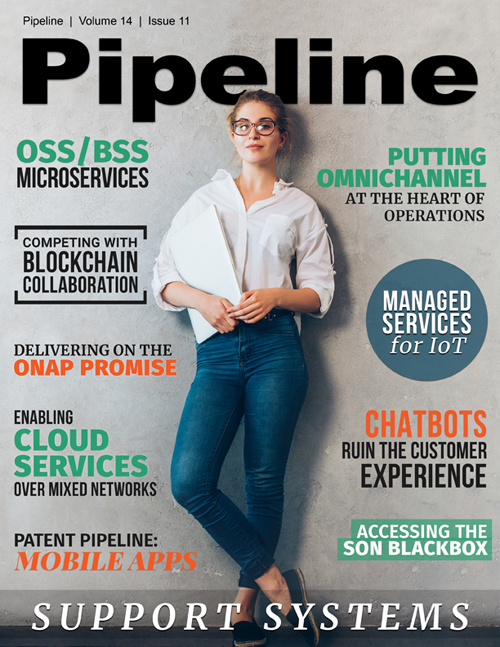Accessing the Blackbox for Nextgen Networks
Typically, service providers have equipment from more than one vendor installed and therefore have to build engineering expertise to support each vendor. Each has different specifics for software upgrades or parameter changes that need to be considered, and different experts are required for each activity. Service providers are therefore dependent on vendor tools and must employ people who know how to use them.
Innovile provides a platform designed as one single, transparent management interface that can be adapted to all vendors’ OSS and covers all access technologies (GSM, WCDMA and LTE). It is implemented as a single platform accessing all data sources and provides detailed operations logging and history. Having one single configuration management, performance management and site database for all vendors and technologies gives operators the ability to feed all third parties from a single, reliable and unique data source.
Let's consider an example in which an operator uses three different vendors across 2G, 3G and 4G. It will have at least three different platforms that need to be managed by many different experts. These experts work at night to minimize network disruption, making them even more expensive and, to make the situation even less appealing for operators, the process involves lots of manual inputs. Therefore errors can easily happen.
Service providers do not have to accept this traditional approach. They can adopt an NMS solution to create an operational support model. The Unified NMS platform can be used to automatically create the required tools to integrate with the software of all the various vendors that are deployed in a network. No vendor-specific knowledge is required, which makes integration and operation fast and error-free.
A tier 1 operator in Turkey will use our platform for 2G, 3G and 4G—not just to create the network but also to manage it. The service provider plans to have more than 2,000 sites integrated into its network and optimized by our tools in a couple of months. In addition, daily tasks in its network operations center (NOC) will be handled with our platform.
As the industry approaches 5G, service providers are preparing to be more efficient and to simplify their operations so they can consolidate existing tools and experts and optimize and manage operations in one platform—even though the multi-vendor environment will be maintained.
Automation in optimization (SON)
Optimization of the RAN also requires a lot of headcount and specific knowledge. A SON-based approach enables automation of many of the daily activities optimization engineers have to carry out. We are extending our solutions to the transport and core networks because there will be a need for automation in these topologies as well. For the continued uptake of SON, it’s important to recognize there are lots of jobs that SON can automate.
SON for maximized network utilization
In addition, there are tasks that simply cannot be performed manually. These either involve huge volumes of actions or actions that need to be performed more quickly than an engineer can manage. For example, service providers can use SON to ensure maximized utilization of the network. This is vital because sub-optimal network utilization means providers are incurring operating costs without generating revenue. Achieving maximum utilization requires constant changes to be made to the network, and this is not possible for an engineer to do.
SON can also be used to enable energy savings, turning parts of the network on or off in order to match demand. It can achieve this by analyzing previous trends and learning algorithms to predict upcoming traffic patterns and adapt the network accordingly.



















